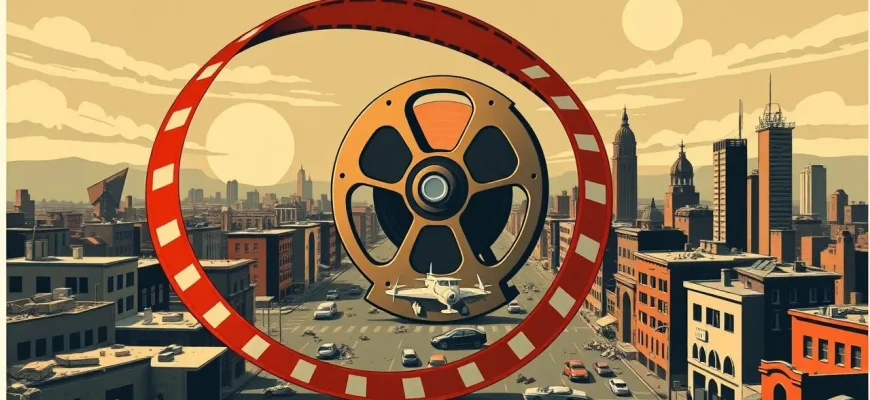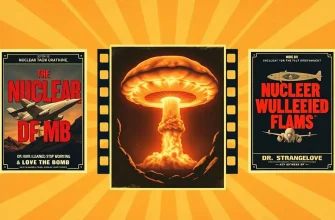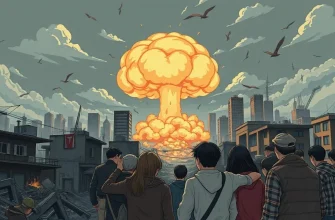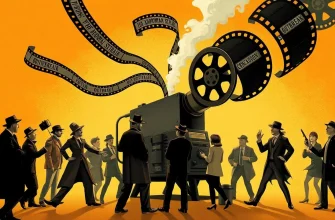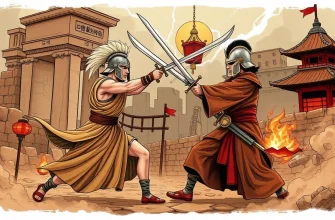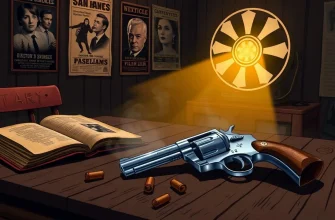The spectre of nuclear war has haunted humanity for decades, and cinema has often been a medium to explore the devastating consequences and human resilience in the face of such a cataclysm. This curated list of 10 films delves into the harrowing scenarios of nuclear conflict, offering not just a glimpse into the potential horrors but also the indomitable spirit of survival. Each film brings a unique perspective, from the immediate aftermath to the long-term effects on society, making this collection invaluable for anyone interested in understanding the profound impact of nuclear war on human life and psyche.
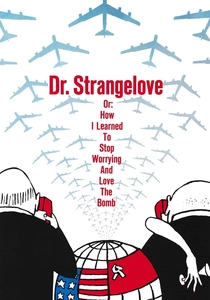
Dr. Strangelove or: How I Learned to Stop Worrying and Love the Bomb (1964)
Description: A satirical black comedy that uses humor to critique the absurdity of nuclear war strategy, focusing on a rogue general who orders a nuclear attack on the USSR. Its dark humor makes it a unique entry in this list.
Fact: Stanley Kubrick originally intended to make a serious film but switched to satire after realizing the inherent absurdity of the subject. Peter Sellers played three different roles in the film.
 Watch Now
Watch Now

The War Game (1965)
Description: This pseudo-documentary depicts the aftermath of a nuclear attack on Britain, using a mix of real footage and dramatized scenes to create a chillingly realistic portrayal of nuclear devastation.
Fact: The BBC banned the film from television broadcast for over 20 years due to its graphic content, but it won an Academy Award for Best Documentary Feature.
 Watch Now
Watch Now

Testament (1983)
Description: A poignant tale of a family's struggle to survive after a nuclear attack, focusing on the emotional and psychological toll rather than the physical destruction. It's a deeply moving exploration of human resilience.
Fact: The film won the Grand Jury Prize at the Sundance Film Festival and was praised for its realistic portrayal of the aftermath of nuclear war.
 Watch Now
Watch Now
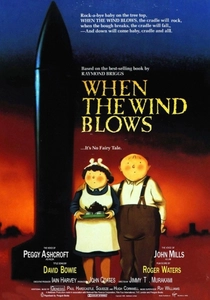
When the Wind Blows (1986)
Description: An animated film that follows an elderly British couple as they attempt to follow government advice on surviving a nuclear attack. Its simplicity and innocence make the eventual outcome even more poignant.
Fact: The film was based on a graphic novel by Raymond Briggs, known for his work on "The Snowman." It features music by Roger Waters and David Bowie.
 Watch Now
Watch Now

Miracle Mile (1988)
Description: A romantic thriller where a young man accidentally learns of an impending nuclear attack and has one hour to find his love before the world ends. It's a gripping tale of love and survival against the backdrop of nuclear annihilation.
Fact: The film was shot in real-time, with the entire narrative unfolding in the last hour before the supposed nuclear strike.
 Watch Now
Watch Now
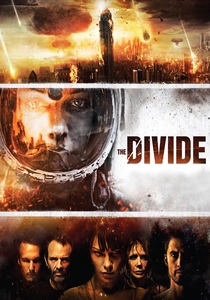
The Divide (2011)
Description: After a nuclear explosion, survivors take refuge in a basement, only to face the harsh realities of human nature as they struggle to survive. It's a claustrophobic look at the breakdown of society post-nuclear war.
Fact: The film was shot in a real New York City basement, adding to its gritty realism.
 Watch Now
Watch Now
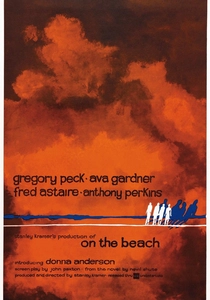
On the Beach (1959)
Description: Set in a post-apocalyptic world where the Northern Hemisphere has been destroyed by nuclear war, this film follows the last survivors in Australia as they await the inevitable. It's a haunting reflection on the futility of war.
Fact: The film was based on Nevil Shute's novel and was one of the first to deal with the aftermath of nuclear war. It was remade in 2000 with a slightly different ending.
 30 Days Free
30 Days Free
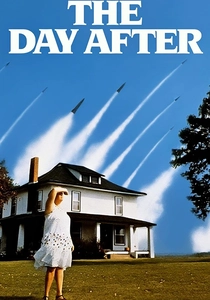
The Day After (1983)
Description: This American TV movie shows the catastrophic effects of a nuclear exchange between NATO and the Warsaw Pact, focusing on the lives of ordinary people in Kansas City. Its impact on public perception of nuclear war was profound.
Fact: The film was watched by over 100 million Americans, leading to a surge in public discourse on nuclear disarmament. President Reagan was deeply affected by the film and it influenced his stance on nuclear weapons.
 30 Days Free
30 Days Free
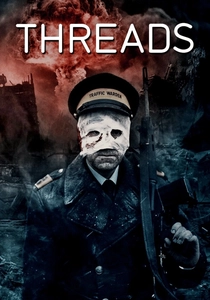
Threads (1984)
Description: This British television drama is a stark portrayal of the effects of a nuclear holocaust on the city of Sheffield. Its unflinching depiction of the aftermath, from the initial blast to the long-term societal collapse, makes it a cornerstone of nuclear war cinema.
Fact: The film was so realistic that it was used by the British government for civil defence training. It was also banned in some countries due to its graphic content.
 30 Days Free
30 Days Free

Fail-Safe (1964)
Description: A tense thriller about a technical malfunction that leads to an accidental nuclear strike on the Soviet Union, forcing the US President to make an unthinkable decision. It's a chilling examination of the Cold War's brinkmanship.
Fact: The film was originally intended for live television but was released in cinemas due to its critical acclaim. It was remade as a TV movie in
 30 Days Free
30 Days Free

